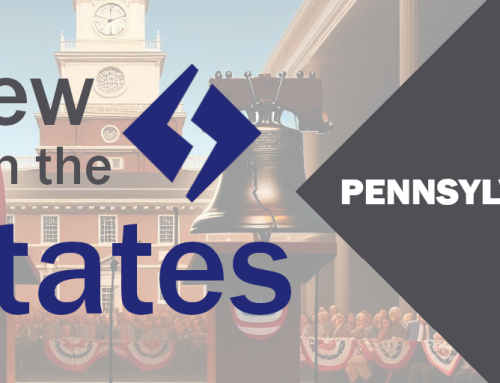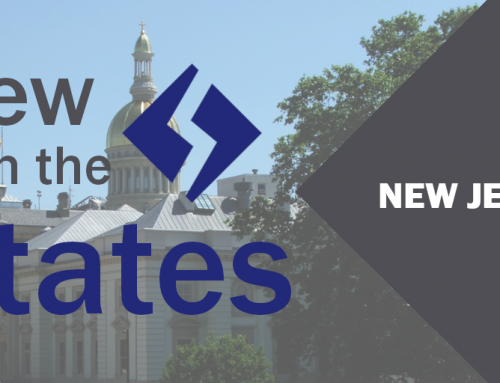Tapping into the expertise and perspective of Highland’s network of over 500 bipartisan, in-state operatives, “View from the States” offers you periodic insights into important local trends often overlooked by Inside-the-Beltway “conventional wisdom.”
In this edition, we take a look a look at one of the five states with off-year elections – and the underlying political tension that has led to a heated gubernatorial debate. Plus, the state legislature isn’t likely to switch parties – but will still look very different after Election Day.
Red Sea, Blue Island?
Louisiana is historically known to be a “red state,” but is the only state in the Deep South with a Democratic governor with incumbent John Bel Edwards. Edwards faces his first re-election test this Saturday, October 12, in a blanket primary: Assuming no candidate receives more than 50%, the top two vote-getters – regardless of party – will move on to the general election.
You may recall that Edwards won the governor’s mansion somewhat accidentally in 2015, when a prostitution scandal sank frontrunner David Vitter. Edwards beat Vitter in the general election runoff, 56%-44%. Two of the Governor’s most notable accomplishments were Medicaid expansion and prison reform. Through Medicaid expansion, he cut the margin of people without medical insurance in half from 22.7% to 11.4%. He was also able to cut the state’s debt by two billion dollars and achieve record highs in GDP, personal income, low employment, and economic growth rates in the country, leading to a 54% approval rating.
Edwards has two main Republican challengers, U.S. Rep. Ralph Abraham, and businessman Eddie Rispone, who will try to finish at least second and keep Edwards from receiving more than 50% of the vote and to force a runoff. The gubernatorial campaigns have strayed away from kitchen-table issues like education, housing, and crime to fight a war of positioning. Abraham and Rispone have tried to frame Edwards as a progressive Democrat who raises taxes; Edwards has tried to link the Republican candidates to former Governor Bobby Jindal, who put Louisiana in debt.
The early voting period saw over 77,000 votes cast – reflecting more early votes than ever in Louisiana aside from the 2016 presidential election. Highland’s sources in the state predict Edwards and Abraham will secure the top two spots for the General election, which has already induced a visit by President Donald Trump in support of Abraham. Trump won the state of Louisiana by 20 points in 2016, so this could be an early test to see how Congressional impeachment proceedings affect his popularity among his own base voters.
The primary election on October 12 will show if the people of Louisiana are ready for a Democratic governor for a second term. Highland’s in-state operatives will be watching for trends to indicate whether Louisiana about to become the first purple island in the Deep South’s red sea.
Term Limit Chaos
Beyond control of the Governor’s mansion, another factor could upend state politics at the legislative level. But this will have less to do with party control over a particular office and everything to do with who wields influence in Baton Rouge.
Due to term limits, approximately 40% of the state legislature can’t run for reelection this year. Field operatives have told us, though they expect most seats to remain Republican, the state legislature will still get an influx of fresh faces with no legislative track record and little institutional knowledge. This shift could have ramifications in the next session, as long-standing relationships give way to eager – but green – freshman legislators.
Influencers who previously directed policy will be gone, throwing doubt on many legislative initiatives that have passed in previous sessions. Highland’s sources predict a high level of state legislative activity over the next few years, as those who lost past issue battles try to take advantage of a new playing field.










